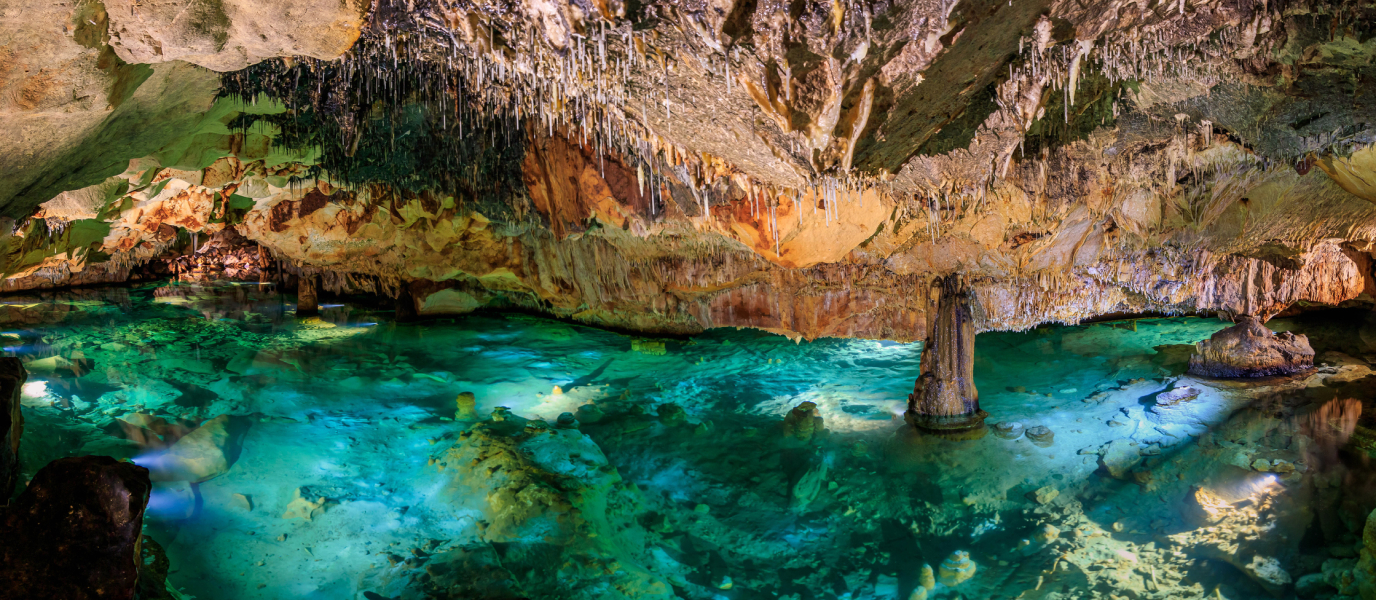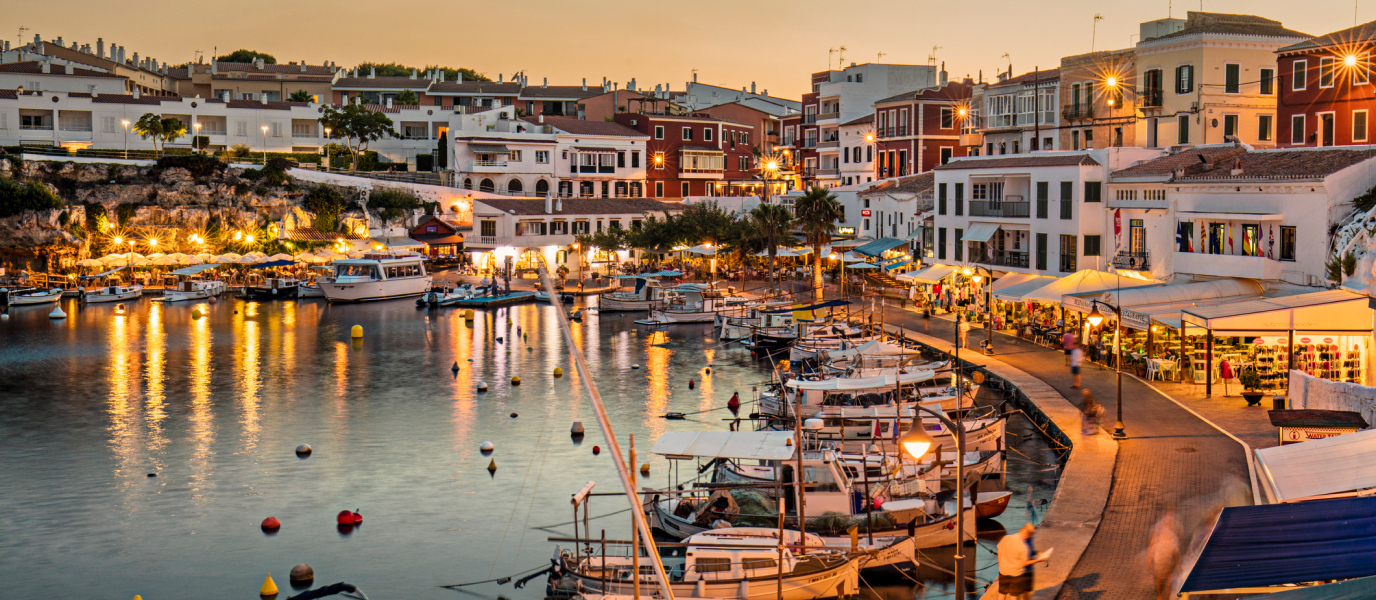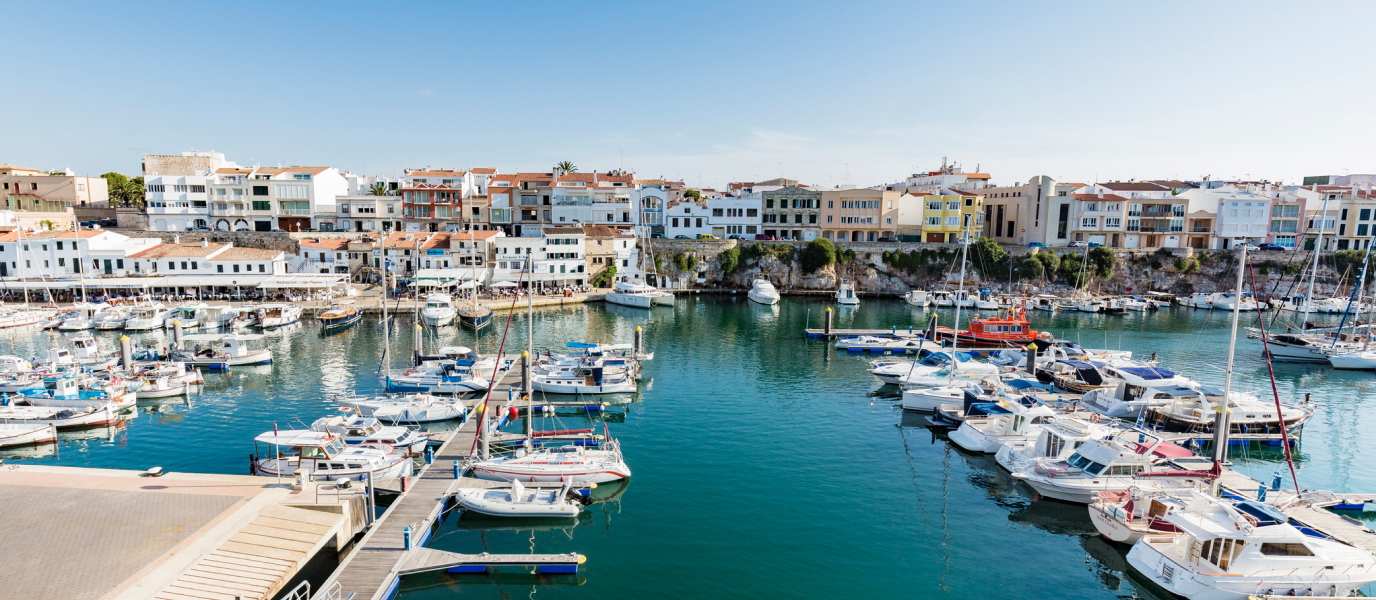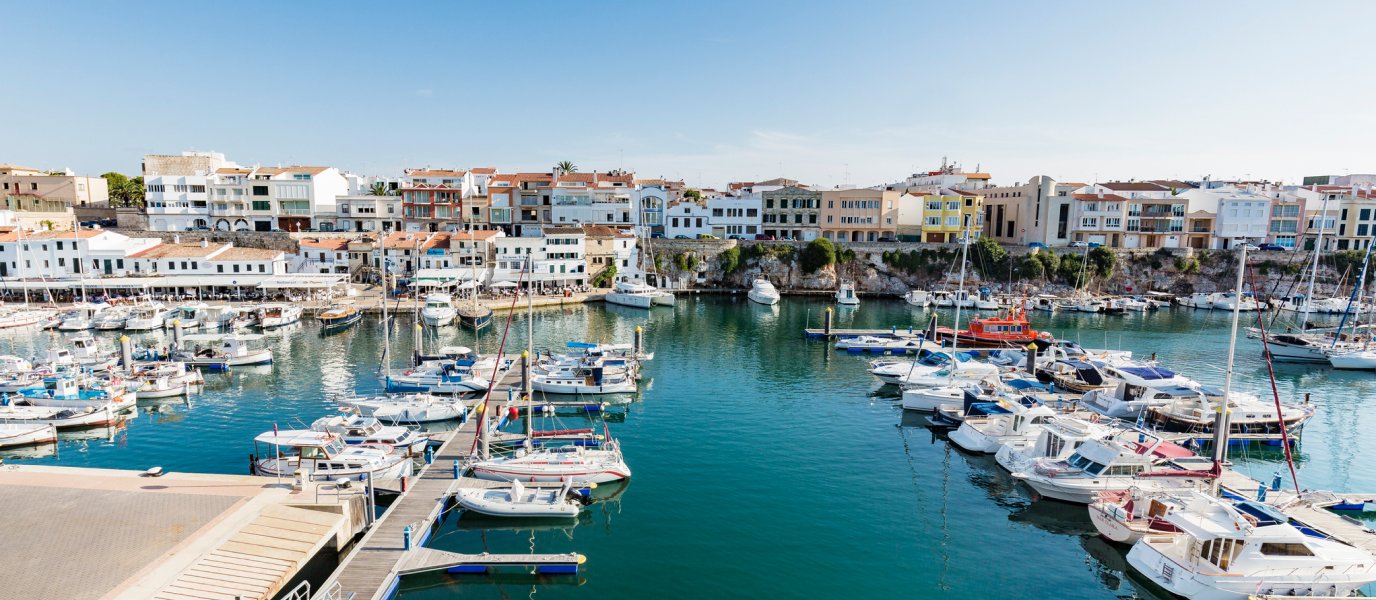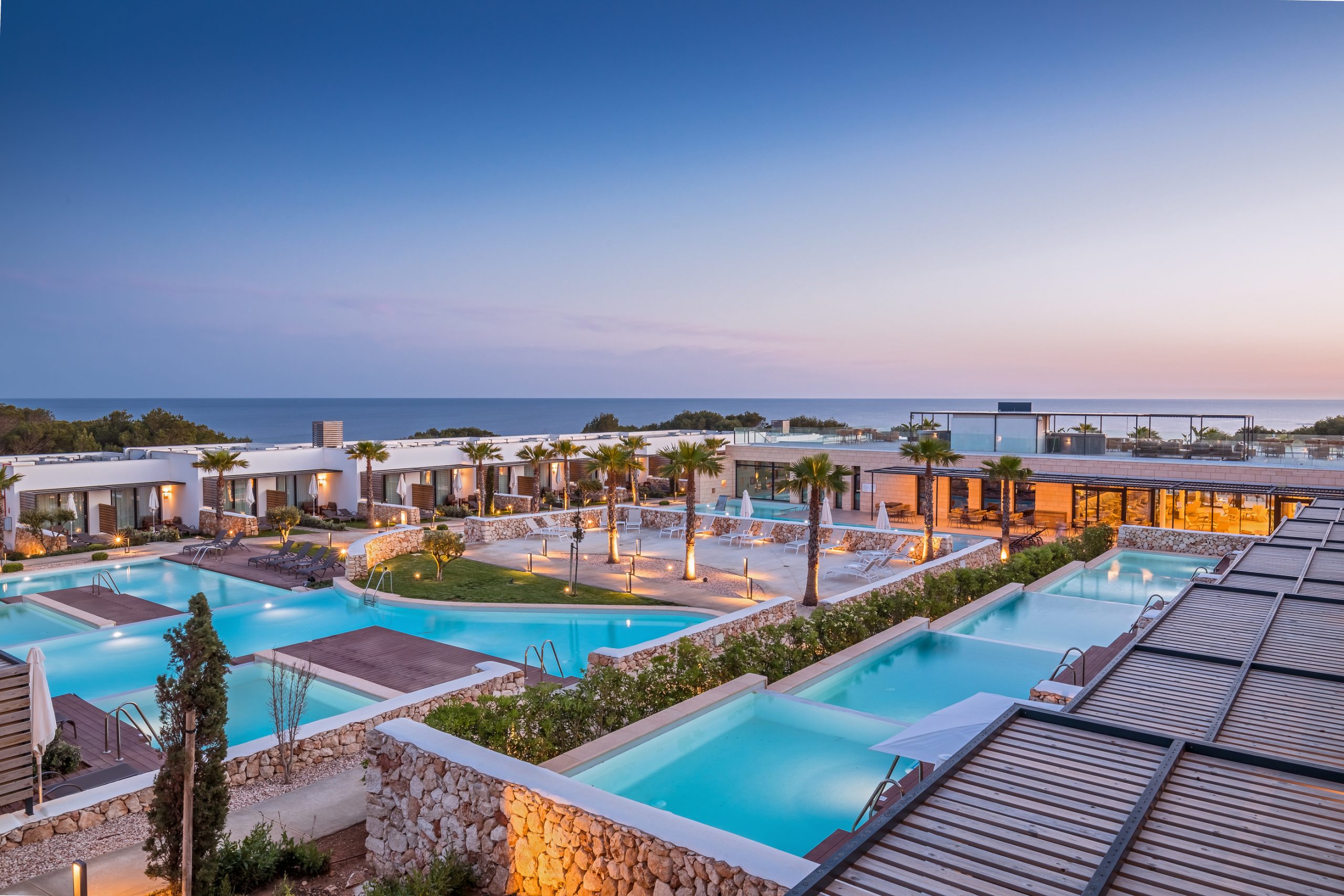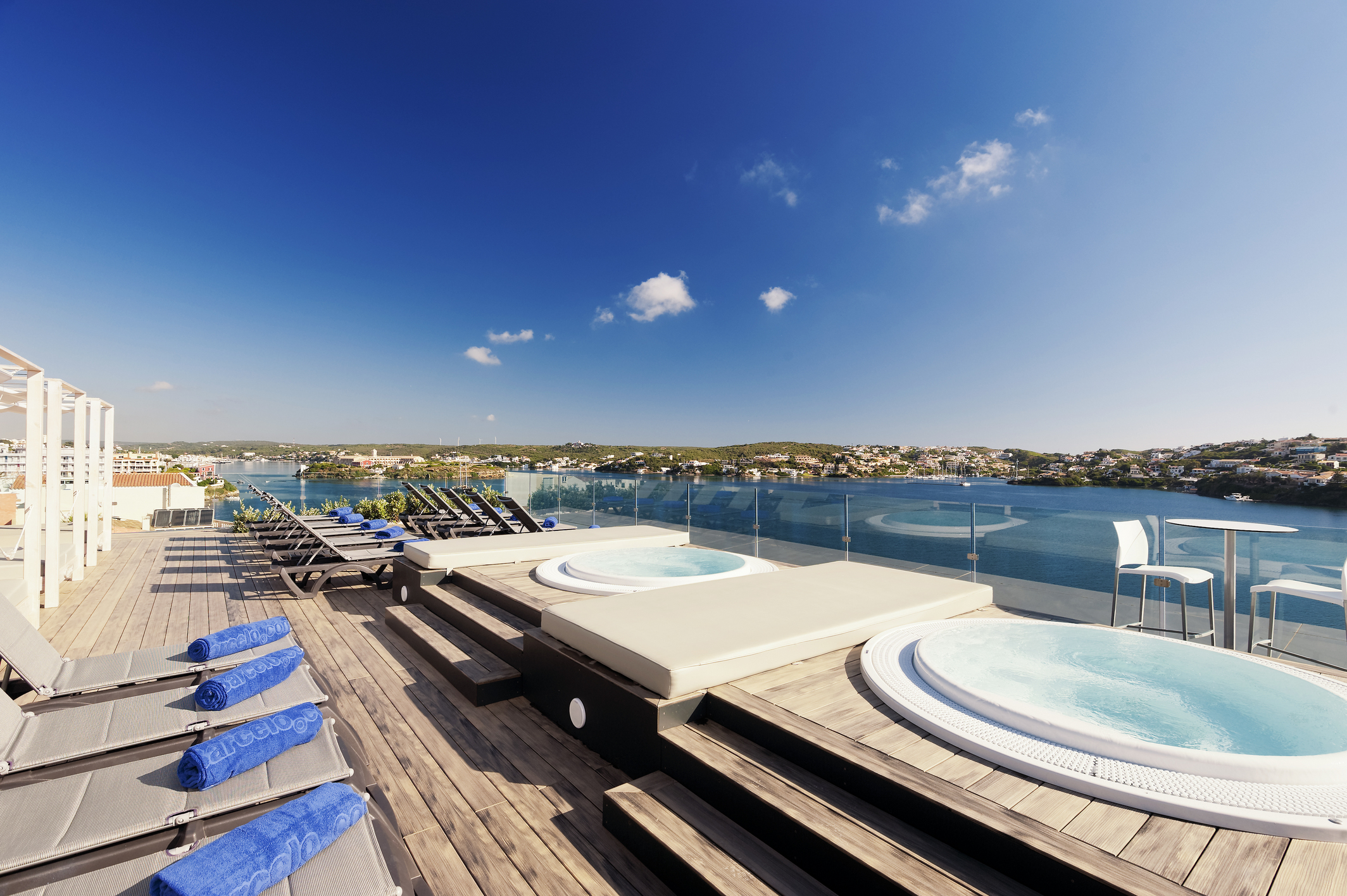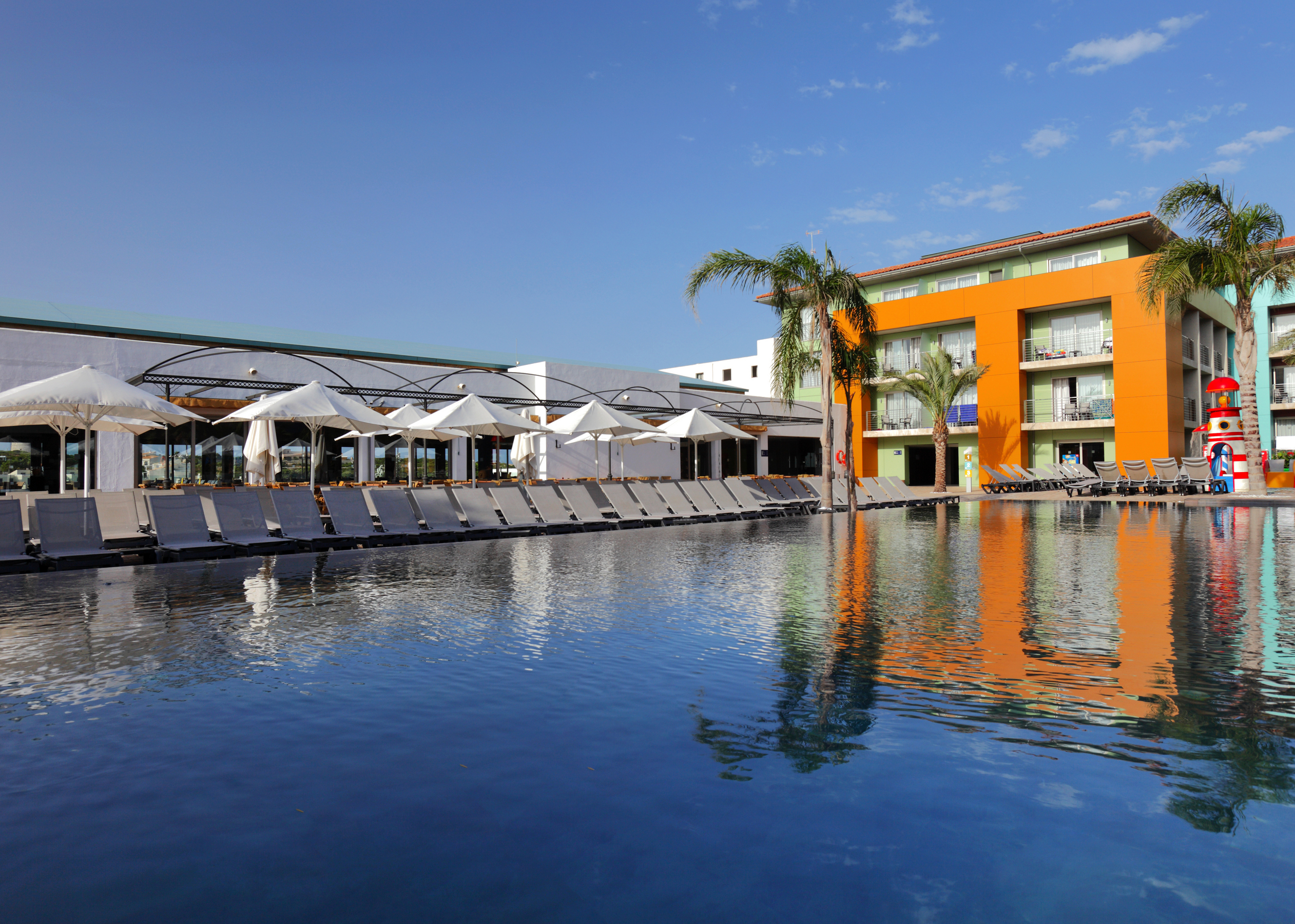Minorca has a lot to offer, in terms of culture, gastronomy and nature. However, if you would like to delve into the most hidden side of Minorca, just follow the cave route that runs all over the island. There are large caves, small caves, semi-submerged caves, exposed caves, and caves next to cliffs or under water, among many others, most of them shaped by the force of the waves. These surreal spaces in the hidden depths of the island offer picture-perfect images that beg to be explored (not suitable for people suffering from claustrophobia!).
There are so many unique caves in Minorca that it is impossible to name them all, but below is a list of the most memorable:
Cova des Coloms, the largest cave in Minorca
Undoubtedly the most famous cave on the island, above all for its size, can be found in the vicinity of Es Migjorn Gran, between the village and the coast. From there you must take the path that leads to the Cova des Coloms, the largest cave in Minorca, measuring no less than 300 metres in length and 24 in height. Locals say that it was a sanctuary during the Talayotic Period, which is why many refer to it as the Cathedral Cave or the island’s second cathedral. Its limestone formations recall the walls and columns that adorn the greatest places of worship.
Sunset at Cova d’en Xoroi
Cala en Porter is the site of one of Minorca’s biggest tourist attractions: the Cova d’en Xoroi, a cave from where you can watch the sunset with a drink in hand. The space—a kind of bar-club—boasts various terraces and viewpoints set across different levels in a large cave carved out from the cliff face, from where you can enjoy incredible views. A visit to the cave—perhaps the most visited place in Minorca—is a unique and great way to round off a day on the island.
The cave has its own legend revolving around a man known as Xoroi who allegedly sought refuge in the cave after surviving a shipwreck. Soon after, a young woman from the local area disappeared on the eve of her wedding. Nothing more was heard of her until, after much time had passed, a man, a woman and their three children were chanced upon at the cave. Once discovered, Xoroi despairingly threw himself into the sea and died, and so no one ever found out where the mysterious man had come from.
Cales Coves. A prehistoric necropolis
In the town of Alaior, on Minorca’s southern coast, is Cales Coves, a natural space nestled in between two ravines that is home to approximately 100 prehistoric sepulchral caves dating from the Bronze Age. If history is your thing, you cannot miss what is the largest necropolis on the whole island. To get to the caves, declared a national historic and artistic monument, follow the large markings painted on the ground.
In the seventies and eighties of the twentieth century, the caves were used by hippies as a place to live, and it seems that there was once a path that linked them with the city of Mahón in Roman times. In fact, religious Roman inscriptions from the second century were found in one of the caves. These days numerous recreational boats come to the area as it is well protected. The two small coves can be accessed via a dirt track that starts in the residential area of Son Vitamina. It is said to be the ‘wild side’ of the island.
Cova Polida: stalactites and stalagmites
It is a small but incredibly unique cave full of stalactites and stalagmites, which served as a marble quarry long ago. If you look closely, you can see the marks on the rocks left behind by the tools.
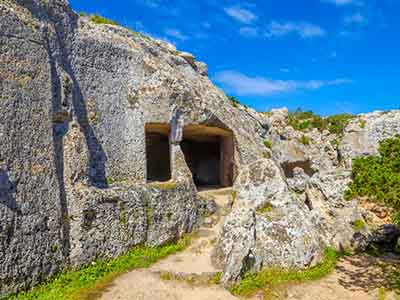
The caves of Cala Morell
In addition to being a spectacular and peaceful place on the Minorcan coast, Cala Morell is the site of a group of prehistoric caves that are well worth a visit. Some of the caves were used as burial sites whilst others served as homes in primitive times. They have been carved out above what was the riverbed of a stream that flowed out into the cove.
Sa Cova des Moro and Sa Cova Murada
Very close to the archaeological site of Son Mercer de Baix, in Ferreries, is a spectacular prehistoric cave that goes by the name of Sa Cova des Moro, whose ceiling is supported by enormous rocks. Not far from there is the Barranc d’Algendar, a stream that spans a length of 11 kilometres and a width of almost 100 metres, which is home to a prehistoric cave, Sa Cova Murada, one of the oldest archaeological sites in Minorca.
Sa Cova des Pardals
Sa Cova des Pardals, or the Cave of Sparrows, lies within the municipality of Ciutadella. To get to it, follow the Camí de Cavalls, a pleasant track, for around 15 minutes from Son Xoriguer Beach. At the end of the trail, you will find a white house on top of a rock where there are stairs leading to the cave. The space was once used by the island’s fishermen and as a place to smuggle tobacco, coffee and soap. Its views are out of this world, so if you have the time, don’t miss the spectacle, though you will have to share it with quite a few sparrows.




































































